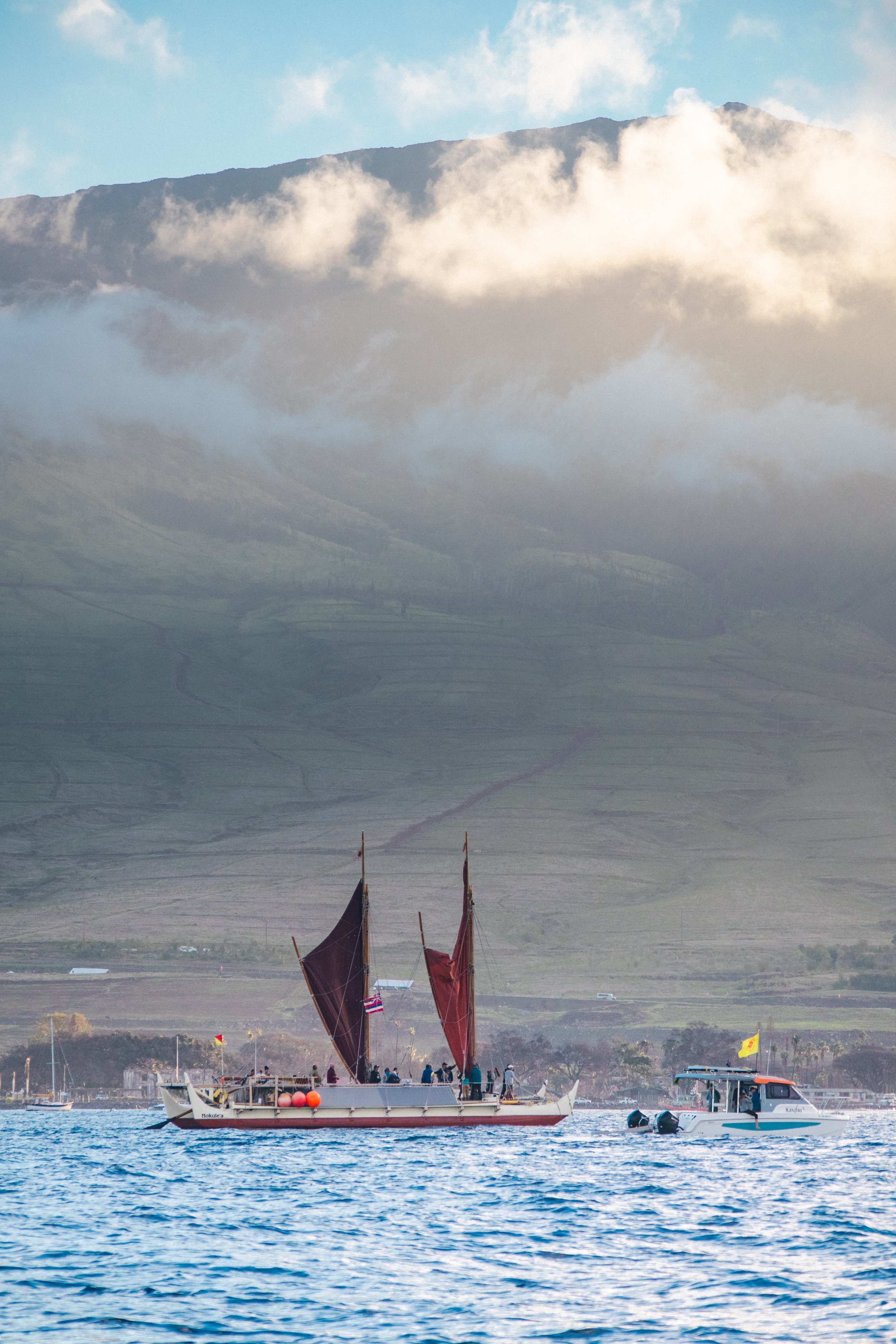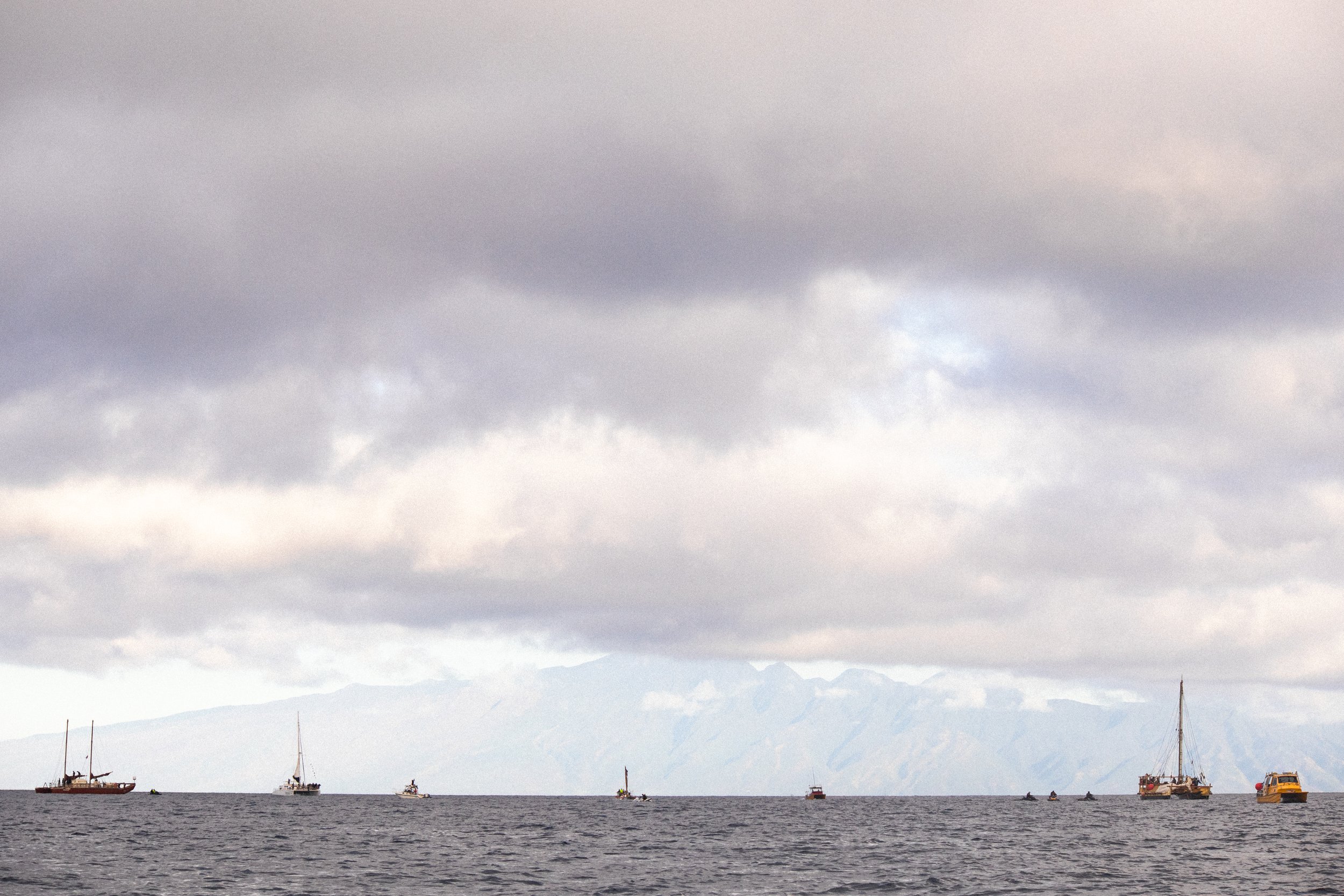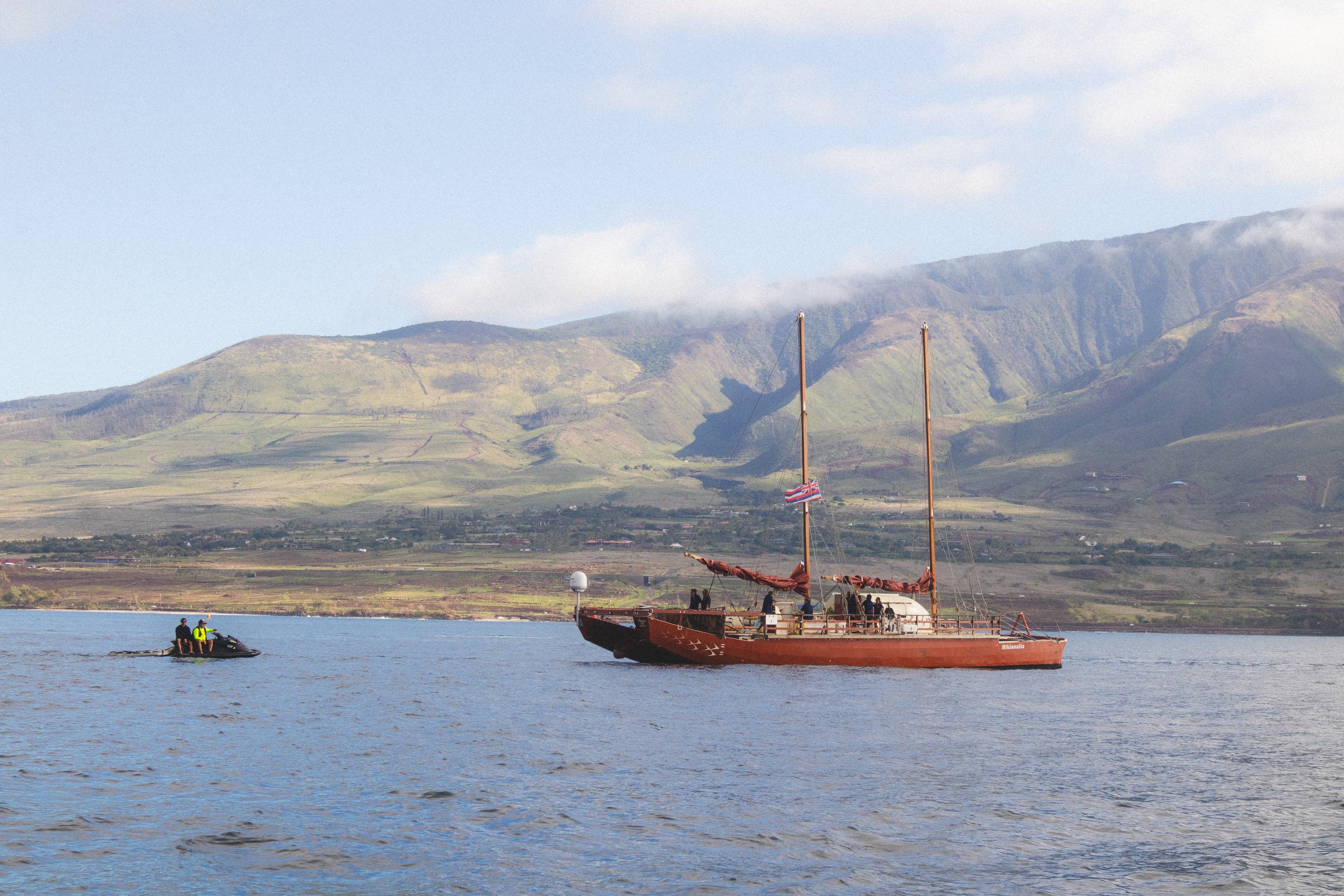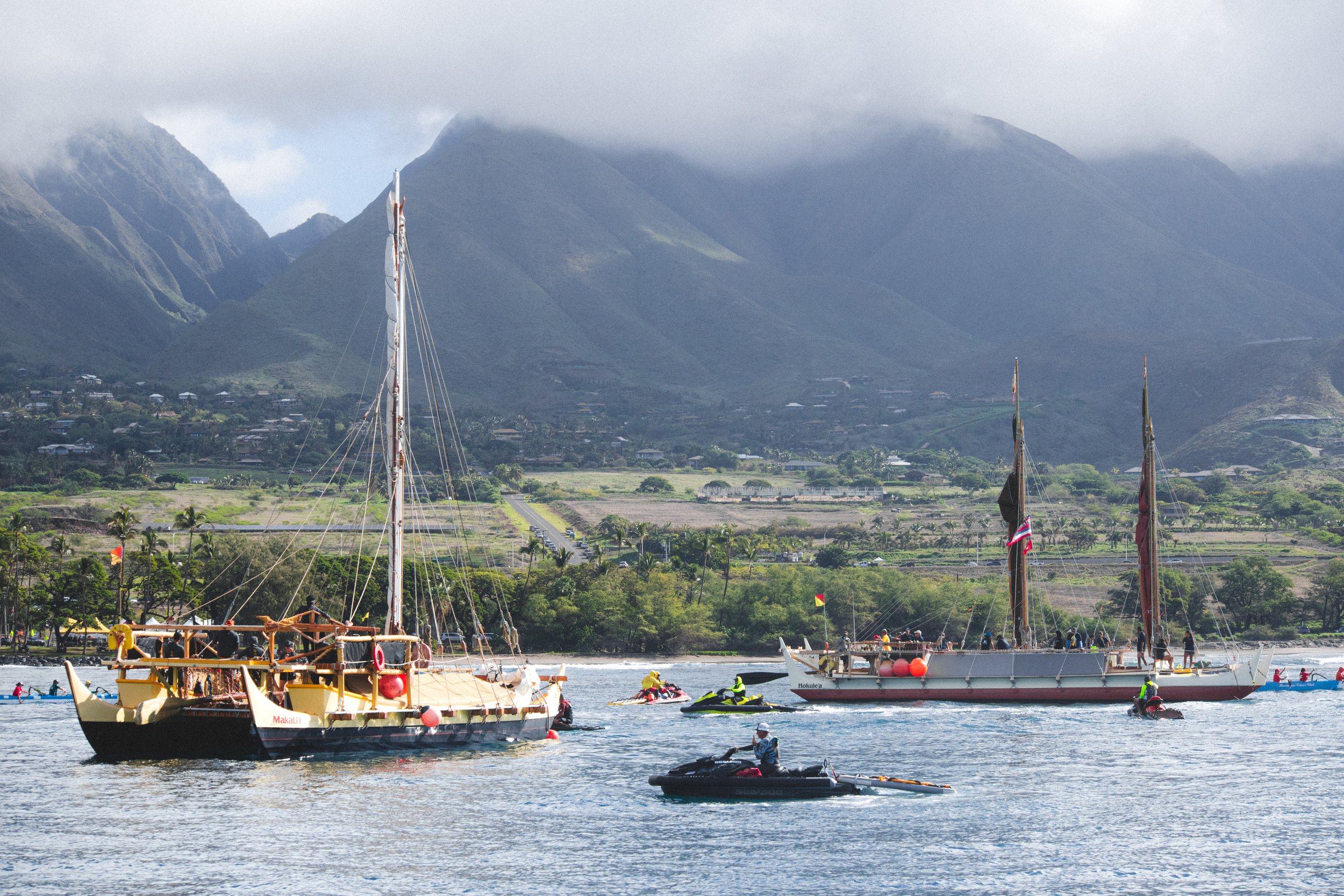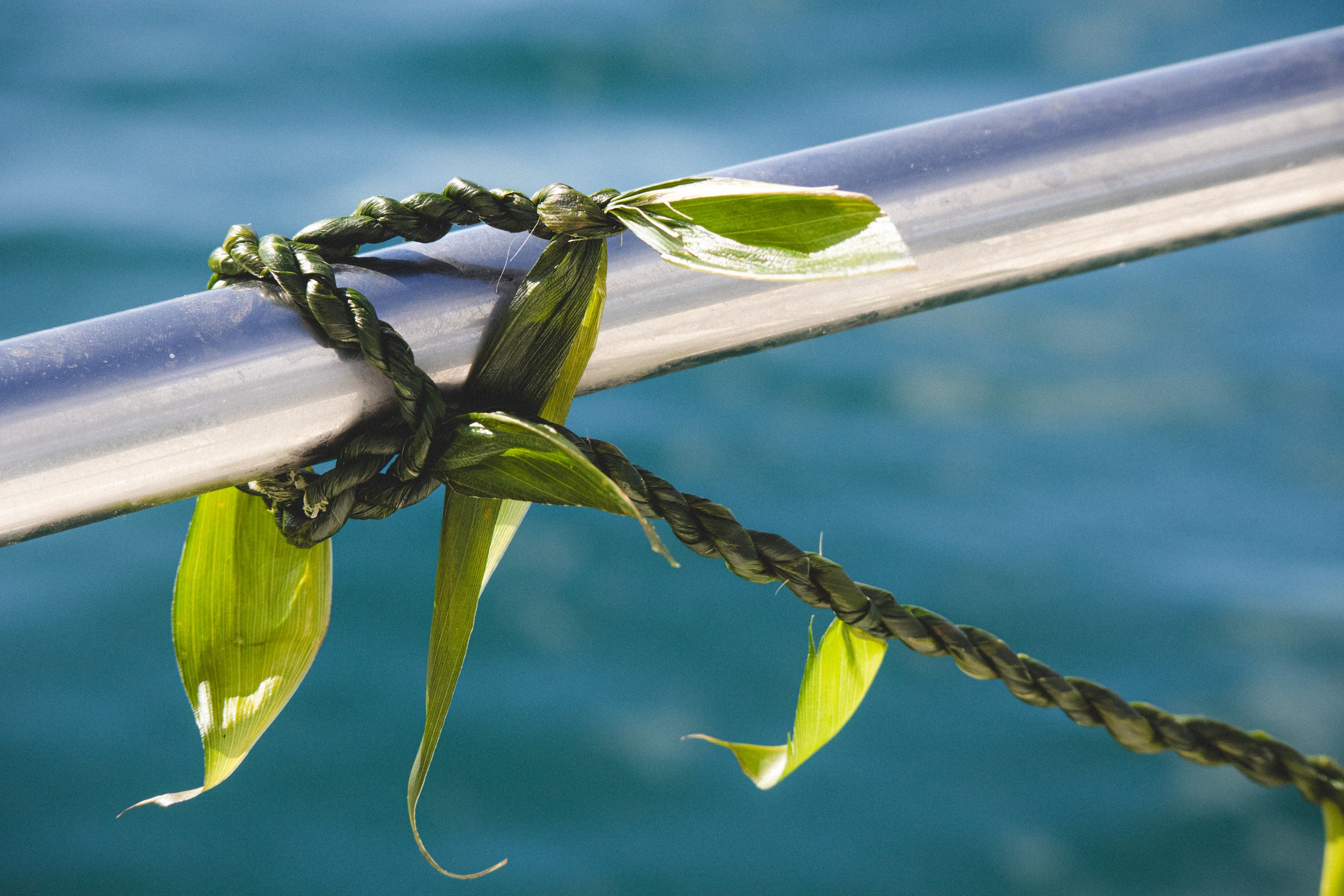
In Hawaiʻi, life began with koʻa — the coral polyp.
Hanau ka ‘Uku-ko‘ako‘a, hanau kana, he ‘Ako‘ako‘a, puka
“Born was the coral polyp, born was the coral, came forth”
The Kumulipo (Hawaiian Creation Chant) highlights the origins of life on Earth through the eyes of our kūpuna, and coral is recognized as one of the oldest ancestors to the people of Hawaiʻi.
Image Credit: Mike Ito

Our work to heal reefs is a pathway to reconnect communities to their eldest ancestor, and revitalize traditional Hawaiian practices that managed ocean resources with balance and reciprocity.

Cultural Values
Our restoration approach is guided by the Native Hawaiian stewardship values and practices that sustained the islands for millennia. Kuleana Coral as a team operates under core cultural values to fulfill our mission.
-
Kuleana, or reciprocal responsibility, is established out of a deep relationship that exists between the natural world and kānaka maoli, native peoples of Hawai‘i.
-
Connection
-
Hard-working, industrious, busy laborer, often associated with being resourceful or implementing tools to accomplish the work that needs to be done.
-
We respect this place and our place in it.
Kuleana, or reciprocal responsibility, is established out of a deep relationship that exists between the natural world and kānaka maoli, native peoples of Hawai‘i.
Kuleana
Recognizing KCR's kuleana towards the Kānaka Maoli means understanding the reciprocal relationship between our non-profit and the native community. By respecting and supporting the Kanaka Maoli, we contribute to the preservation of their rich cultural heritage and the health of the Hawaiian ecosystem. In return, KCR benefits from the wisdom and sustainable practices embedded in their traditions, fostering a deeper connection to the environment and a more inclusive and respectful society.
Embracing kuleana involves a comprehensive and respectful approach to our responsibilities. By integrating our duties towards our home, environment, people and particularly the Kānaka Maoli, we honor the interconnectedness of all elements within our community. This holistic approach ensures that we contribute positively and meaningfully to the well-being and sustainability of our surroundings and the diverse cultures that enrich our lives.
Hōʻihi
One of the protocols we observe in our culture is hō'ihi — respect. By incorporating ho'ihi into the core values of KCR, the organization ensures that its efforts are carried out with deep respect for the environment, community, and cultural heritage. This value calls for avoiding entitlement and ensuring that Western scientific methods do not overshadow or disrespect the Hawaiian communities' established practices and wisdom. Embracing ho'ihi not only enhances the effectiveness of coral restoration efforts but also fosters a respectful and sustainable relationship with Hawaii's precious marine ecosystem and the people connected to them.
Paʻahana
Pa'ahana (diligence) ensures that KCR's mission is pursed with diligence, care, and unwavering dedication. This persistent approach not only enhances the effectiveness of coral restoration efforts but also reinforces a culture of responsibility, care, unity and love for the 'āina. By embodying pa'ahana, KCR can achieve its goals while fostering a deep connection and commitment to the environment and the community.
Pilina
By integrating the concept of pilina — deep, meaningful connections and relationships that bind people together — into team-building efforts, teams can develop strong, enduring relationships rooted in respect, mutual support and a deep connection to the land and culture of Hawaii. This approach not only enhances team cohesion and effectiveness but also honors and perpetuates the rich cultural heritage of Hawaii.
Ahupuaʻa
Ahupua‘a are land divisions that extended from the tip at the mountain top and broadened out into the sea, encompassing fringing reefs and sand-bordered bays. Not all ahupua‘a were divided or cut in the exact same way, however, each ahupua‘a were designed to sustain a flourishing population. It was believed that all the resources you needed were within your ahupua‘a.
Ahupua‘a were governed and managed by konohiki (head land stewards) who oversaw and directed the daily decisions within an ahupua‘a. Although the konohiki governed these ahupua‘a, it was the maka‘āinana (people of the land) who farmed, fished and lovingly worked these ahupua‘a to bring about abundant resources. Kānaka understood that if their ahupua‘a thrived, they thrived.
Ahupuaʻa is a Native Hawaiian land management system that sustained communities for millennia, rooted in ridge to reef stewardship practices.
Early estimates in 1778 predict that as much as 1 million kānaka thrived across this Hawai‘i pae ‘āina (Hawaiian islands) due to this flourishing and abundant ahupua‘a system.

